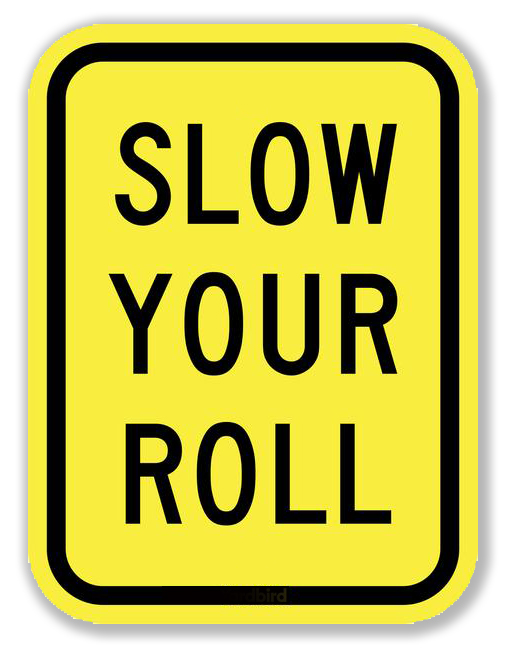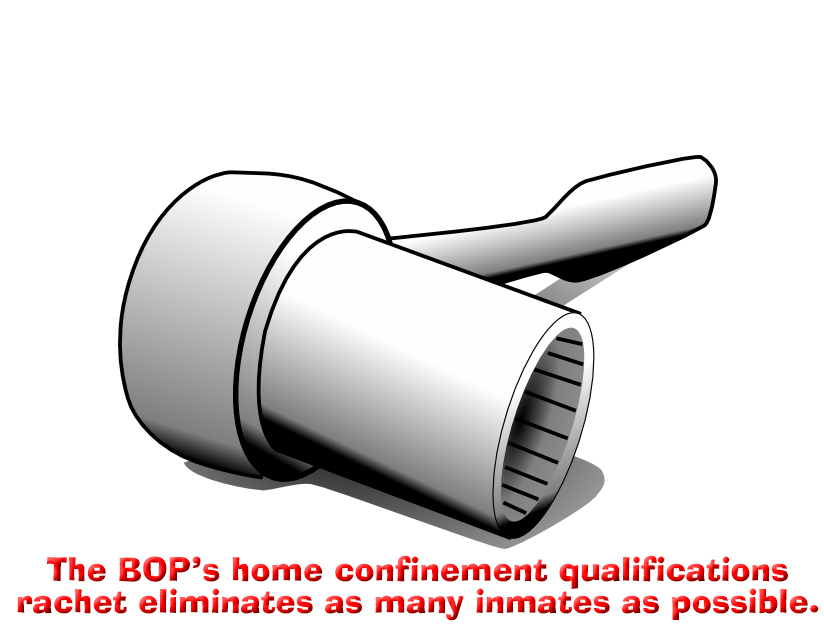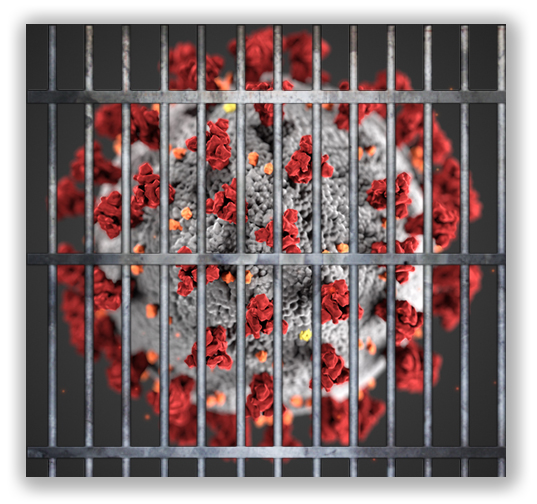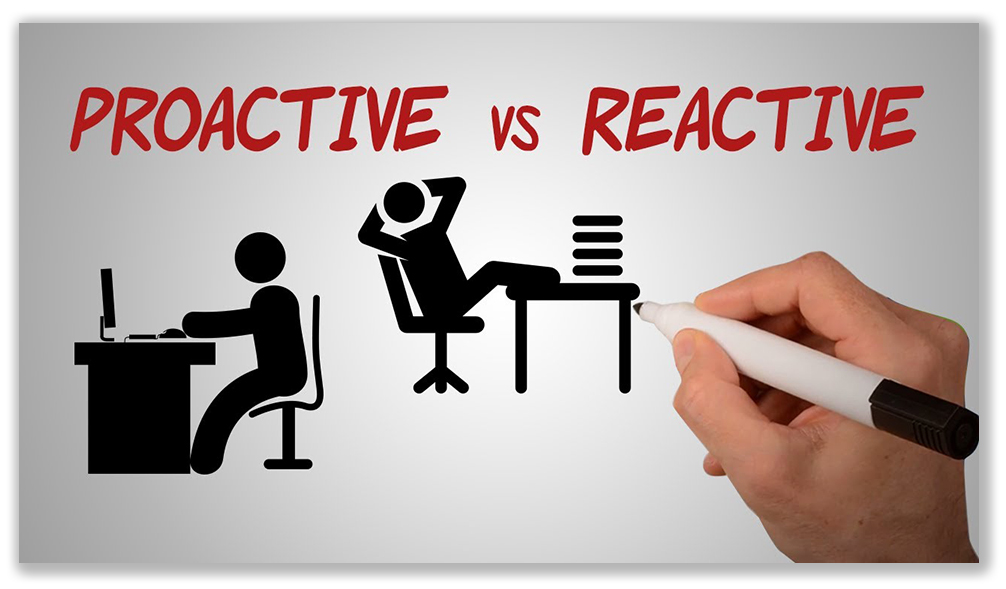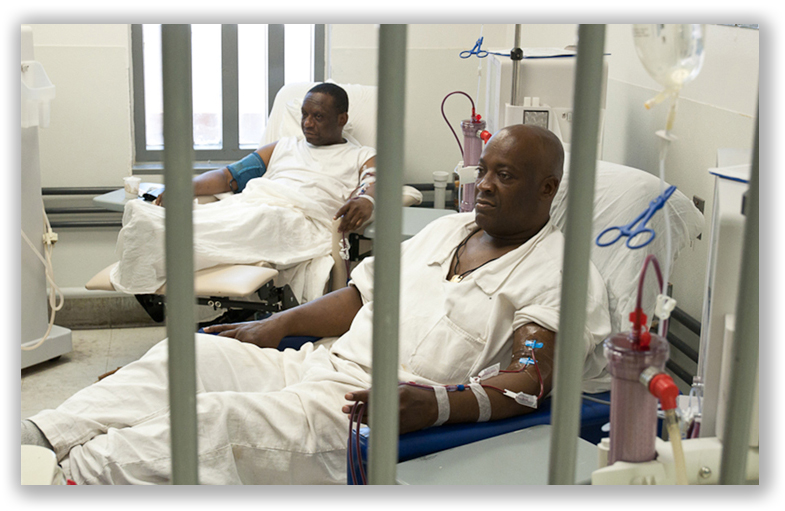We post news and comment on federal criminal justice issues, focused primarily on trial and post-conviction matters, legislative initiatives, and sentencing issues.

DEPT OF JUSTICE (NOT THE BOP) MOVES THE CHEESE ON CARES ACT HOME CONFINEMENT
The authority granted to the Federal Bureau of Prisons to designate home confinement for prisoners during the COVID-19 pandemic took another hit yesterday, in an especially callous announcement of additional restrictions that literally stopped some prisoners as they were about to get into cars to return home.
 In an affidavit filed in a Louisiana case against FCI Oakdale earlier this month, an associate warden from that facility reported that the BOP was considering inmates for placement in home confinement without regard to the amount of sentence the inmate had served. Last week, in an undated internal guidance memorandum, the BOP directed staff that if the inmate otherwise met the home confinement criteria, other factors – including the “percentage of time served” – “should be noted, but are not a reason for denial.”
In an affidavit filed in a Louisiana case against FCI Oakdale earlier this month, an associate warden from that facility reported that the BOP was considering inmates for placement in home confinement without regard to the amount of sentence the inmate had served. Last week, in an undated internal guidance memorandum, the BOP directed staff that if the inmate otherwise met the home confinement criteria, other factors – including the “percentage of time served” – “should be noted, but are not a reason for denial.”
However, as Politico reported last night, BOP staff told inmates in various prisons who had been put into prerelease quarantine almost two weeks ago that the policy had changed. Now, an inmate must have completed 50% of his or her sentence to be eligible for CARES Act home confinement.
FAMM immediately sent a letter to Attorney General William Barr, blasting the BOP for its “downright cruelty.” FAMM president Kevin Ring wrote that for families of inmates “to have the promise of early release snatched away under these circumstances is simply inexcusable. They deserve to know what is happening. Even before yesterday’s outrageous bait-and-switch, we were growing concerned with the BOP’s response to this crisis. We have received numerous reports about case managers and counselors giving incorrect information and contradictory answers to people exploring early release options…”
It turns out, however, that the wrong actor may be getting the blame. In a letter filed in an inmate’s compassionate release motion proceeding on Monday, the U.S. Attorney corrected the government’s previous advice to the court that the inmate was eligible for CARES Act consideration:
The Bureau of Prisons (“BOP”) advised the Government this afternoon that the Department of Justice (“DOJ”) has just issued new guidance to the BOP requiring that an inmate serve at least fifty percent of his or her sentence in order to be eligible for placement on home confinement. Based on the new guidance, the BOP anticipates that Stahl, who has served approximately 23% of his sentence, will not be eligible for home-confinement placement at this time. With respect to Stahl’s application for compassionate release, the BOP has advised that Stahl’s application, which the BOP received on April 3, remains under review and the BOP anticipates reaching a decision on it prior to the expiration of the 30-day period set forth in Section 3582(c)(1)(A).
In a footnote, the government admitted that it “has not yet seen a copy of the new DOJ guidance, but the U.S. Attorney’s Office was advised of it by the BOP today in other cases as well.”
So the culprit is Barr’s DOJ in this one, not the BOP. Assigning blame hardly matters to the hundreds of inmates affected by the sudden change, just as it hardly means that there isn’t plenty of other blame to spread around.
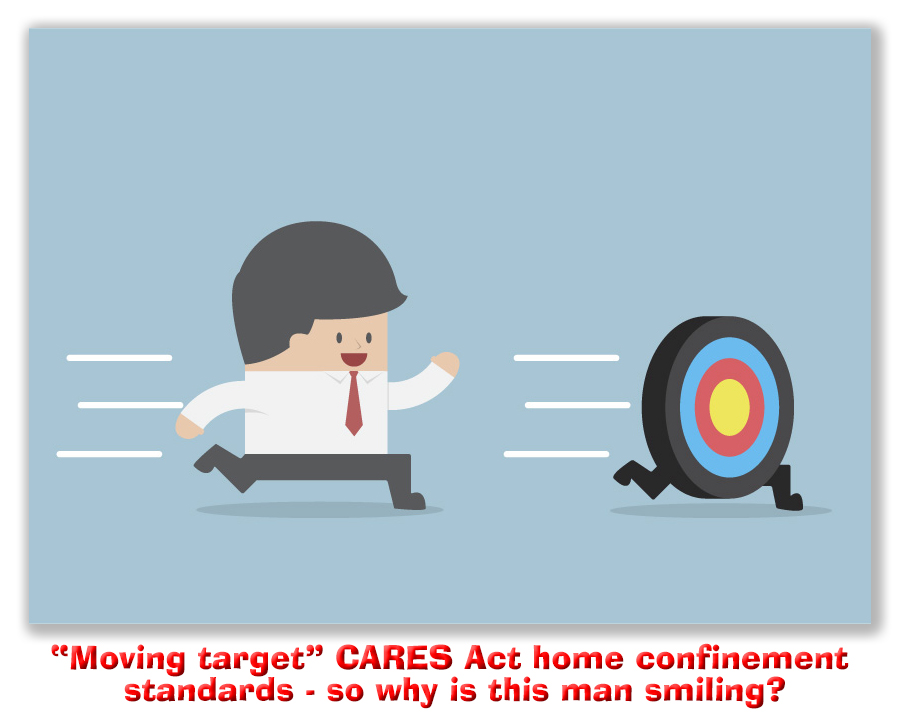 Yesterday, Forbes magazine blasted the BOP for its muddled handling of the CARES Act home confinement program, complaining that “inmates around the country have been informed by case managers at each facility about the existence of a ‘list’ of inmates that could be sent home to some sort of Home Confinement to complete their prison term. However, the parameters of that ‘list’ and who is eligible has been something of a mystery as have the rumors of mass release of inmates across the country… it just has not happened.”
Yesterday, Forbes magazine blasted the BOP for its muddled handling of the CARES Act home confinement program, complaining that “inmates around the country have been informed by case managers at each facility about the existence of a ‘list’ of inmates that could be sent home to some sort of Home Confinement to complete their prison term. However, the parameters of that ‘list’ and who is eligible has been something of a mystery as have the rumors of mass release of inmates across the country… it just has not happened.”
Forbes noted that one such rumor, that everyone at FCI Otisville camp was going to home confinement, was debunked by a BOP statement:
We would like to clarify the rumor that has recently been circulating about the purported closure of satellite camp at FCI Otisville. This information is not true. The majority of inmates at the satellite camp at FCI Otisville began transferring into the main institution (a medium security facility) … Many of these inmates are minimum security and minimum risk of recidivism, which are qualifications under the Attorney General’s guidance to BOP. Staff at Otisville are currently reviewing all inmates for their suitability for home confinement or furlough. Some of these inmates may not ultimately qualify but by proactively moving the inmates into quarantine now, eligible inmates will be able to release form the institution sooner.
Forbes concluded that “If you are not confused, you should be!” Yes, confused and disheartened. But the blame for moving the 50%-completion cheese apparently lies with DOJ, not BOP.
Politico, Trump administration reverses prisoner coronavirus release policy, advocates say (April 21, 2020)
FAMM, Letter to Attorney General William Barr (April 21, 2020)
United States v. Stahl, Case No. 18 Cr. 694 (SDNY), Letter filed by US Attorney (April 20, 2020)
Forbes, Lack Of Direction From Bureau Of Prisons Showing In Federal Court (Apr 21)
– Thomas L. Root


